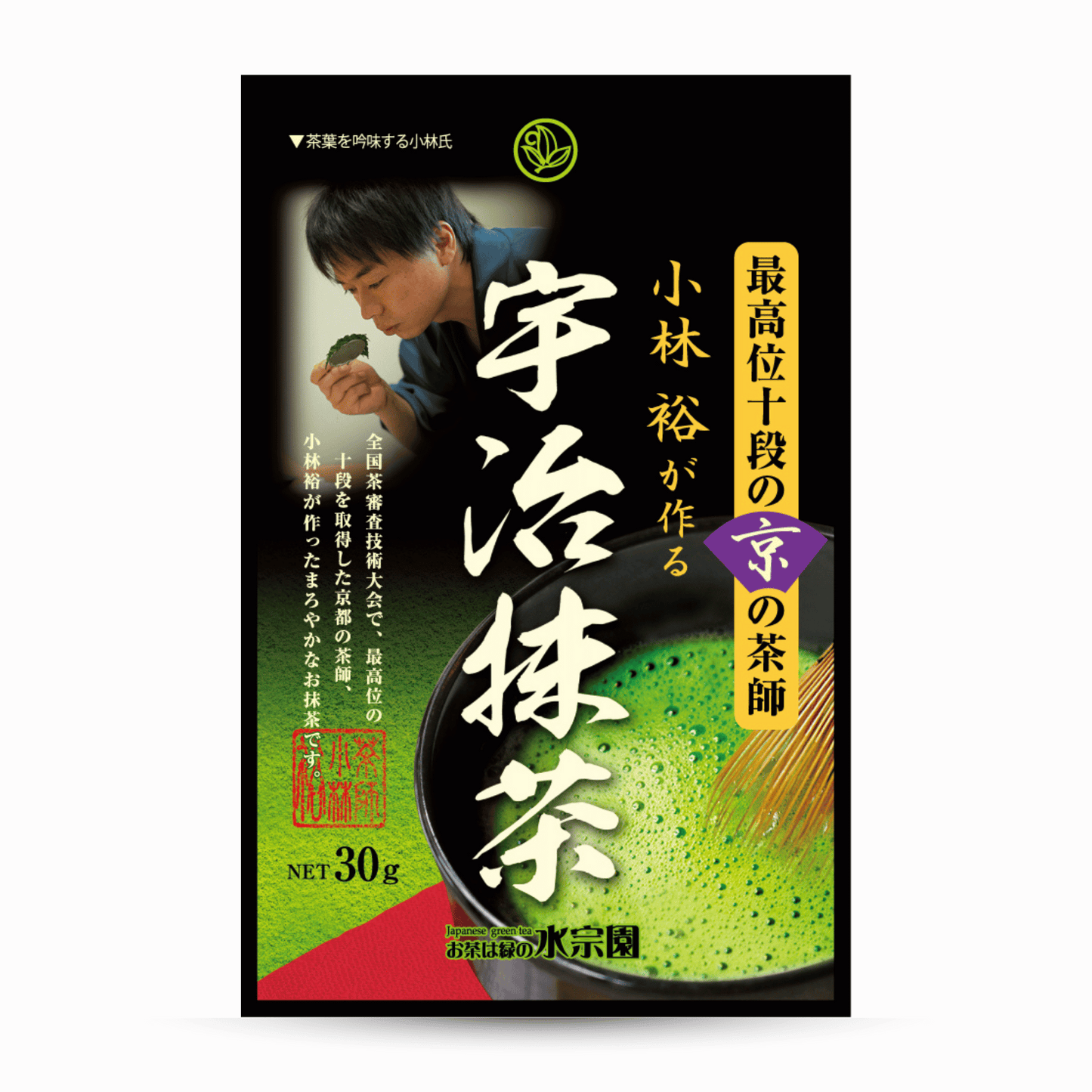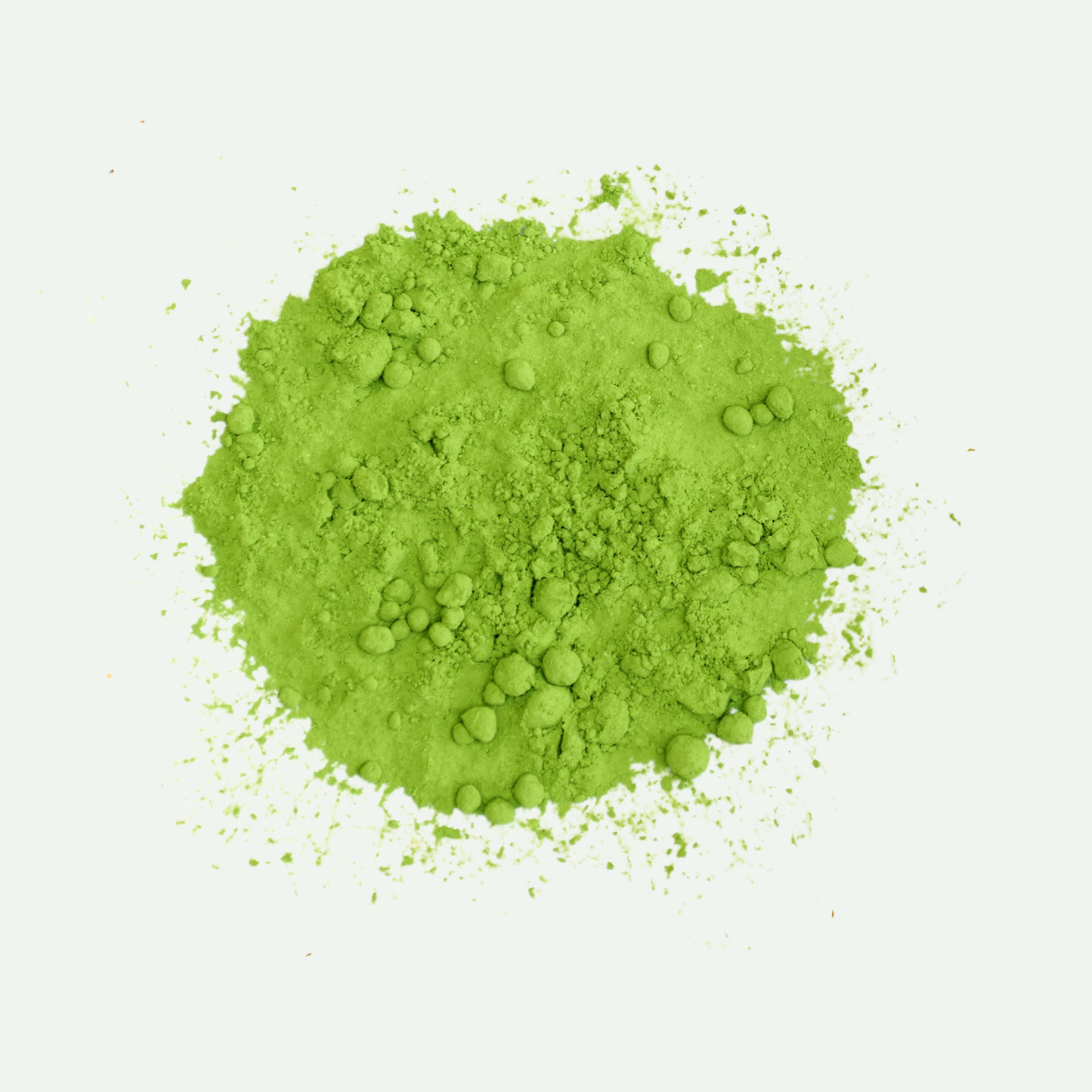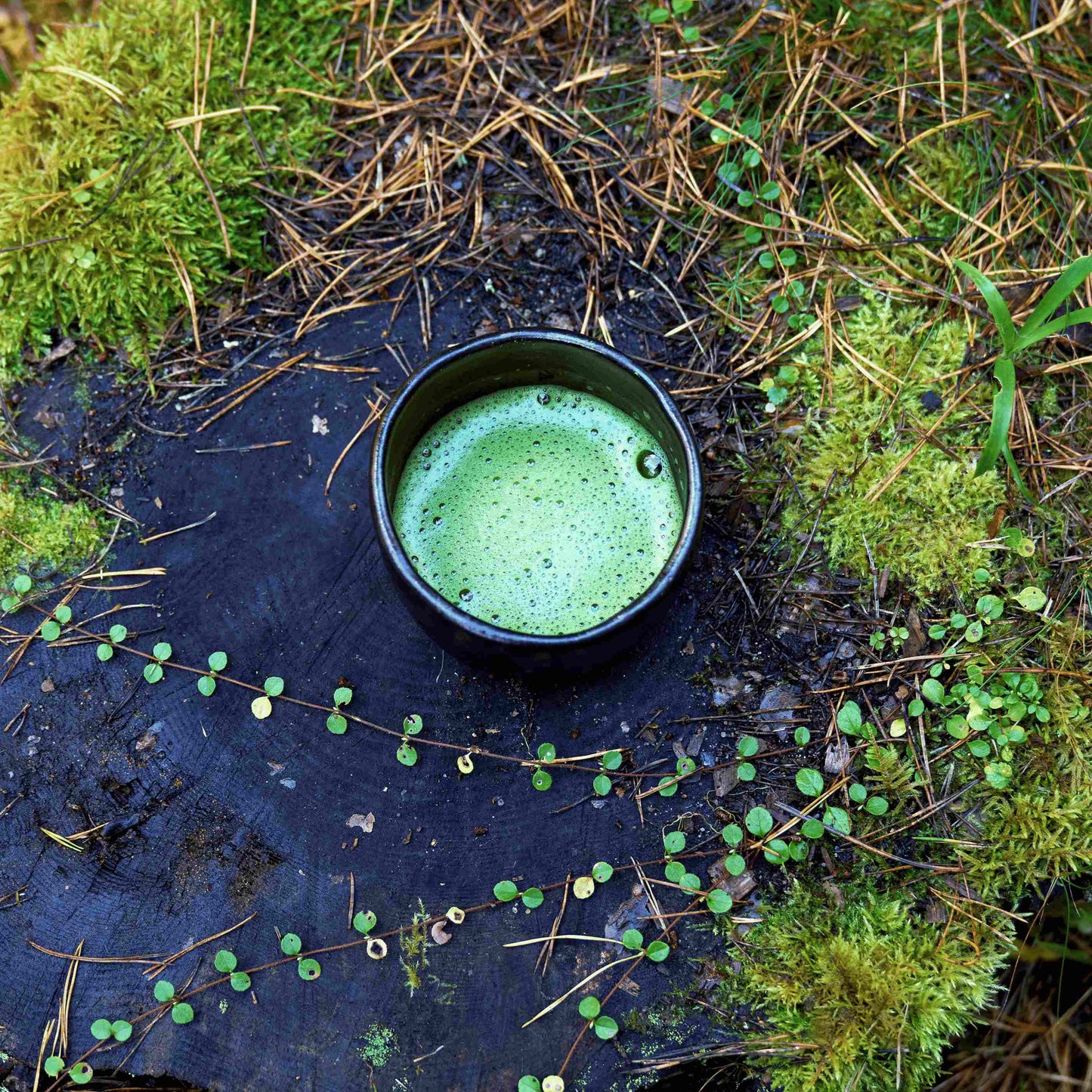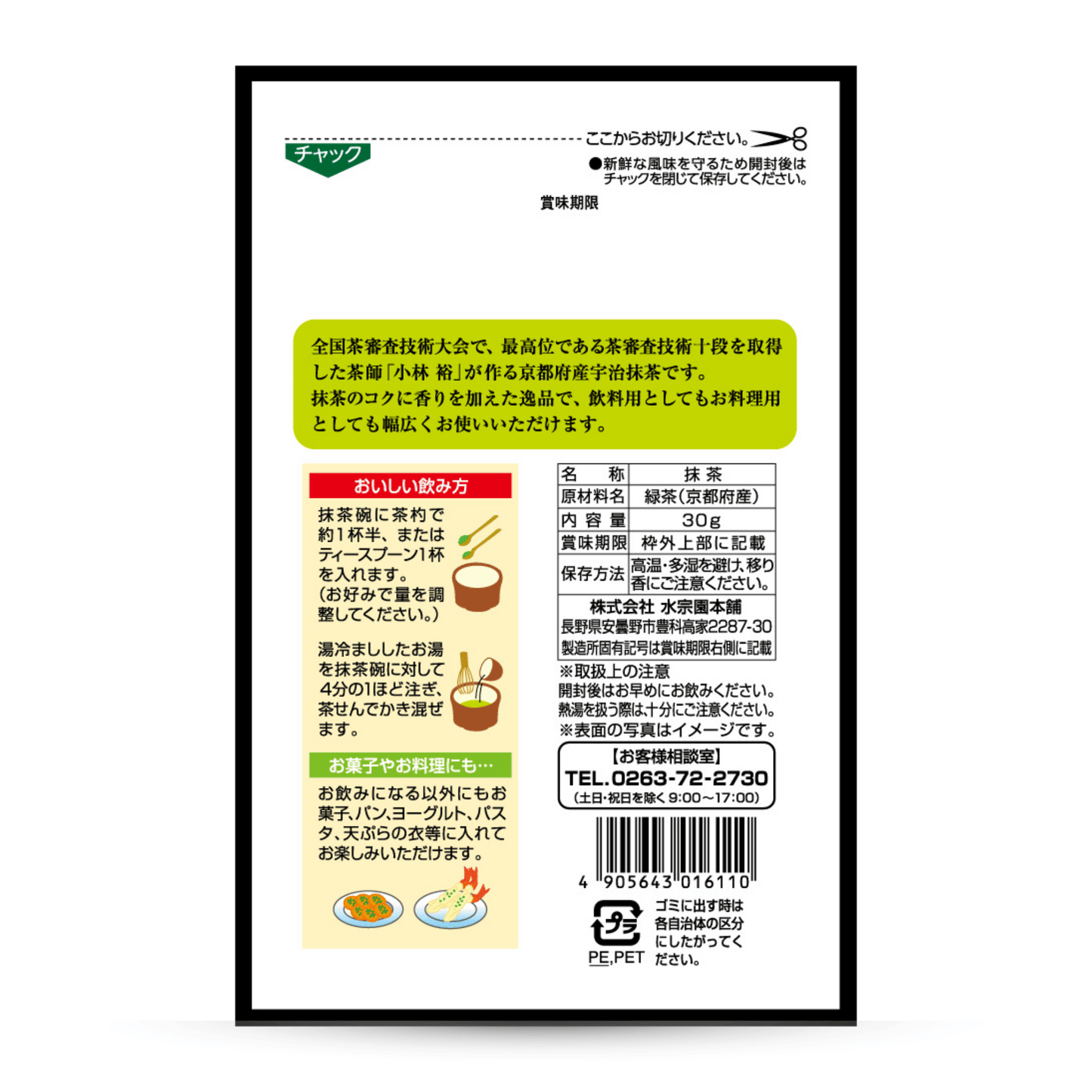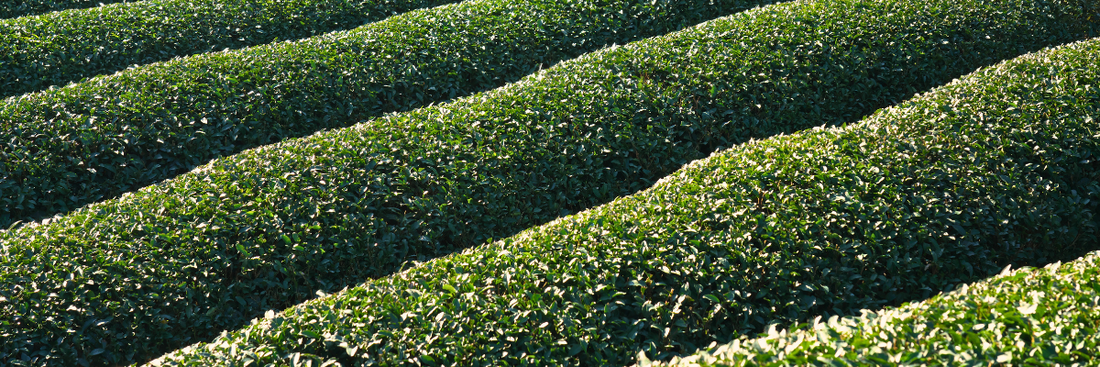
How to Choose Matcha Green Tea Powder
If you’ve ever sipped on matcha and found it too bitter or lackluster, you may have encountered a low-quality powder. The truth is, matcha’s quality varies significantly depending on its origin and processing. In this guide, we’ll show you how to choose the right matcha green tea powder, why Japanese matcha stands out as the gold standard.
1. What is Matcha Green Tea Powder?
Matcha is a powdered form of green tea, meticulously crafted from shade-grown tea leaves that are finely ground into a vibrant green powder. Unlike traditional tea, where only the liquid is consumed, matcha allows you to ingest the whole leaf, preserving all of its nutrients. This means you get the full range of health benefits, including:
- Antioxidants: Matcha is packed with catechins, particularly EGCG, known for their powerful anti-inflammatory properties.
- L-theanine: This amino acid promotes relaxation without drowsiness, balancing the stimulating effects of caffeine.
- Natural Caffeine: Matcha provides a steady energy boost, lasting longer and being gentler than coffee’s jittery spike.
For the best experience, high-quality matcha should appear bright green, have a silky smooth texture, and offer a rich umami flavor.
As noted, matcha is rich in antioxidants but, like other teas, its tannins can inhibit non‑heme iron absorption. Enjoy it between meals and pair iron‑rich foods (meat, legumes, leafy greens) with vitamin C sources to boost uptake.
2. Why ‘Ceremonial Grade’ Isn’t a Standard in Japan
While terms like "ceremonial grade" are widely used outside Japan, they don’t reflect an official classification in Japanese tea culture. The term often implies higher quality, but in Japan, matcha quality is assessed using traditional criteria such as:
- Tea Cultivar: The type of tea plant used plays a crucial role in flavor and texture.
- Region of Origin: Famous matcha-growing regions like Uji (Kyoto), Nishio (Aichi), Shizuoka, Yame (Fukuoka) and Chiran (Kagoshima) are renowned for their superior matcha.
- Shading Methods: Tea plants are shaded for several weeks before harvesting, which increases the L-theanine content and enhances flavor.
- Harvesting and Processing: The timing of the harvest and the way the leaves are processed (such as stone milling) significantly affect the final product.
Instead of broad labels like "ceremonial" or "culinary," matcha in Japan is evaluated based on its intended use (such as for tea ceremonies or culinary applications) and the mastery behind its production.
3. Why Choose Japanese Matcha?
Japanese matcha stands out due to centuries of refinement in both cultivation and processing. The unique aspects of Japanese matcha production result in a product with:
- Shaded Cultivation: Matcha leaves are carefully shaded for several weeks before harvest, increasing the chlorophyll and L-theanine levels. This process contributes to matcha’s rich, umami-packed flavor.
- Stone Milling: The leaves are ground using traditional stone mills, which preserves the delicate aroma and texture, creating a fine powder that dissolves seamlessly into liquids.
- Traditional Craftsmanship: Matcha has been part of Japan’s cultural heritage for centuries, since the 12th–13th century, especially in storied Uji, with Nishio emerging later as a leading producer. These regions are known for producing some of the world’s finest matcha, respected for their attention to detail and commitment to quality.
4. How to Identify High-Quality Matcha Powder
When choosing matcha, look for the following indicators to ensure you’re selecting a premium product:
- Color: High-quality matcha should be a vivid, spring‑green. A yellowish or dull green hue typically indicates lower quality or older matcha.
- Aroma: Fresh matcha has a sweet, grassy aroma, often reminiscent of freshly cut grass or green vegetables. Avoid matcha that smells musty or stale.
- Texture: Premium matcha powder is silky smooth, almost like baby powder. If the powder feels gritty, it might not have been finely ground or processed properly.
- Taste: True matcha should have a smooth, creamy texture with a rich umami flavor. It should not taste overly bitter, sharp, or astringent.
5. How to Use Matcha Powder
Matcha is incredibly versatile and can be used in a variety of ways to suit your taste preferences. Here are some ideas:
- Matcha Lattes: Whisked with hot milk (or a non-dairy alternative), matcha lattes are a creamy, flavorful way to enjoy this tea.
- Iced Matcha Tea: Ideal for warm weather, iced matcha tea is refreshing and packed with energy-boosting benefits.
- Smoothies & Desserts: Matcha’s rich flavor can enhance smoothies, baked goods, and even ice cream, providing a unique twist to your culinary creations.
6. Where to Buy Authentic Japanese Matcha
To ensure you’re getting genuine, high-quality matcha, always look for these key indicators:
- Origin: Choose matcha from well-known tea-growing regions like Uji, Nishio or Yame in Japan.
- Packaging: Opt for matcha that comes in sealed, airtight packaging to preserve freshness. Avoid matcha sold in clear plastic bags, as exposure to light and air can degrade its quality.
- Reputable Producers: Look for matcha produced by well-established Japanese tea masters or recognized tea producers. Their experience and attention to detail are crucial for top-quality matcha.
Matcha may be part of our everyday routines, but in Japan it’s rooted in a tradition of quiet ceremony. We invite you to enjoy matcha as a gentle luxury: whisked with intention, sipped with presence, and appreciated for its craft. Choose quality, make it well, and savor each cup.


